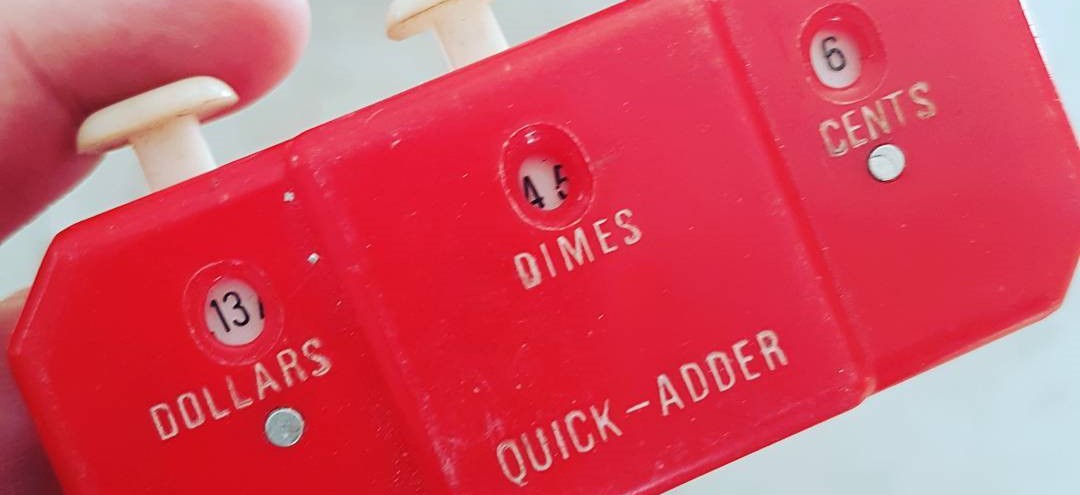Last week the City and County of San Francisco released its 2017-18 budget of $10.11 billion. With a budget that size, some people wonder why we can’t address every need and concern across the City. This blog post is an attempt to distill the budget spending through a series of visuals. (Note: the narrative in this blog post was inspired by articles written by Conor Johnston, former Chief of Staff to Board of Supervisors President London Breed.)
Compare apples to apples
San Francisco’s budget appears to have nearly doubled since 2007-2008. But, when you adjust for inflation, it actually grew 32% from $7.64 to $10.11 billion between 2007-2008 and 2017-2018.
Looking at the budget from the perspective of dollars per person, the City spent roughly $9,600 per person in 2007-2008 versus $11,500 in 2017-2018. When you adjust the budget for both inflation and population, the budget increased by 20%.
Enterprise vs General Fund
Next, it’s important to understand the difference between enterprise and general funds.
Self-supporting “enterprise” departments make up nearly half of the budget. These departments include the San Francisco International Airport, the Port, the Municipal Transportation Agency, and the Public Utilities Commission. Enterprise dollars are restricted in how they may be spent.
The remaining departments make up the General Fund, which is $5.1 billion for the 2017-18 fiscal year. When budget discussions happen, most of the time they are focused on the General Fund, which is where most discretionary dollars exist.
How did we spend the increase in the general fund budget
There was a $1.17 billion increase in our general fund budget between 2007-2008 and 2017-2018. It was spent on health care, more police officers, improved streets, care for our children, affordable housing and overall increased services.
Another way we can look at this is by comparing the growth of Health & Human Services (driven largely by the Affordable Care Act, which covers more than 133,000 previously uninsured San Francisco residents) to increases from all other departments. Half of the increase in general funds has gone to health care.
How the annual general fund budget is spent
Over the years, San Francisco residents have voted for certain mandatory spending measures, which are commonly referred to as set-asides. These include baseline spending and service levels for public safety, transportation and children’s services. This reduces the general fund from $5.1 to $3.9 billion. The police and fire department, which include voter-mandated force size requirements, make up nearly another $900 million. This brings the general fund from $3.9 billion to $3 billion. The big players in health, namely the Human Services Agency and Department of Public Health, book a combined $1.7 billion budget and leave us with a $1.3 billion General Fund. Other department dollars fund existing services and staff. When all is said and done, the Mayor will directly allocate about $36 million this year. That’s less than 1 percent of a $10 billion budget.
Mayor’s Budget Priorities
In this year’s budget, Mayor Lee focused discretionary funding on behavioral health and harm reduction programs, homelessness initiatives and neighborhood improvements. The budget includes additional investments in San Francisco’s Navigation Centers, which have a proven record of transitioning individuals out of encampments and into safe, stable living situations. In addition, Mayor Lee is increasing funding for family shelters and rehousing subsidies, as well as adding new permanent supportive housing units. The budget will support increased services for individuals struggling with addiction and behavioral health challenges, along with expanding street outreach teams aimed at addressing homelessness. While it addresses the major challenges of the day, the Mayor’s discretionary funding also bolsters quality-of-life initiatives, such as the City’s Fix-It teams, which respond quickly to fix neighborhood problems like graffiti, litter and broken streetlights.
